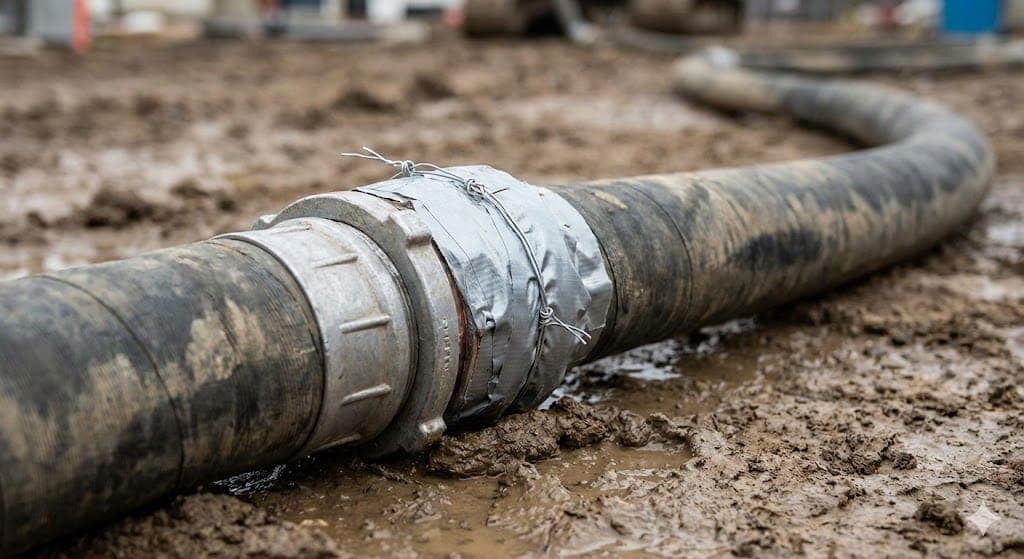How do you improve your safety inspections?

Brady Keene
Co-founder, COO and Head of Safety

Inspections protect people only when the outcome is hazard control. The goal is not more boxes checked. The goal is better decisions on the floor and in the field. Use these four moves to upgrade your inspection process this week.
At a glance: focus on high energy hazards. Capture evidence in the flow of work. Assign owners with due dates and verify completion. Turn findings into learning that prevents repeats.
1 - Prioritize high energy hazards
Serious harm comes from high energy exposures. Gravity. Motion. Electrical. Stored pressure. Start each inspection with a short focus list of the highest energy tasks on site. Score each area from 1 to 5 and look for capacity that keeps people safe. Ask what would stop a fall. Ask what would keep a worker out of the line of fire. Ask what would make an unexpected start impossible. Record the score and the specific control that exists or is missing. Keep attention on events that change lives, not scuff marks on guardrails.
2 - Capture evidence in the flow of work
Inspections fail when they slow the crew or create homework later. Make it a ninety second habit. Talk into your phone to log what you see. Take a photo or a short video. Tag the area, contractor, equipment, and energy type. Include both good catches and fixes needed. Tools like Sophie convert voice into a structured note, attach the media, and link it to your standards so every record has context. You get consistent data without friction.
3 - Assign owners and due dates and verify completion
A finding without an owner gets lost. Turn every fix into a small work order. Name the responsible person. Set a clear due date. For high severity items, escalate within hours, not days. Require photo proof or a quick clip at close. If the fix is temporary, schedule a second check to confirm the permanent control is in place. This simple loop turns observations into action.
4 - Turn findings into learning and prevention
Review trends every week. Look for patterns by area, shift, contractor, task, and energy type. Rank the top three system gaps and name the control that will reduce exposure right away. Feed those lessons into the plan for the day, the toolbox talk, and upcoming training. Try one small change, measure the effect, and keep what works. Over time you build capacity that holds even when the day gets busy.
Mini checklist for your next cycle
• Pick three high energy tasks for targeted checks
• Use voice, photo, or video and the ninety second rule
• Assign an owner and due date for each fix and require proof on close
• Review trends on Friday and choose one improvement to test next week
See how Sophie cuts inspection time while improving quality. Capture a complete record with voice, photos, and instant scoring, then turn it into trends you can act on. Book a quick demo.
Related Posts
Continue reading with these related articles


